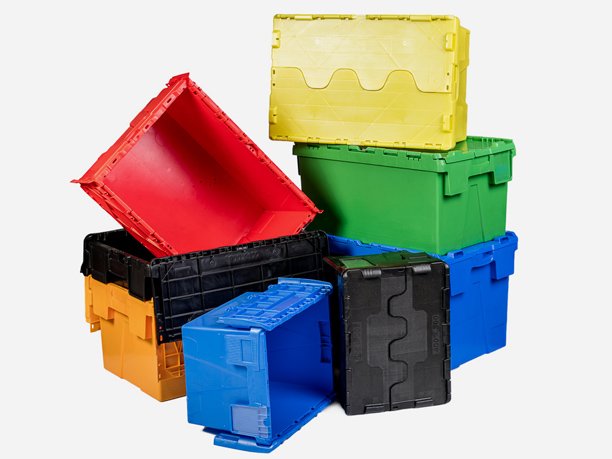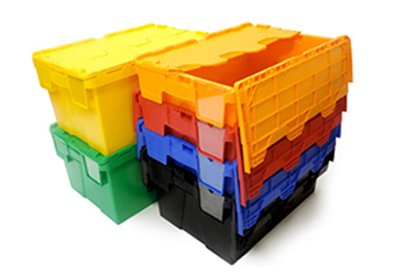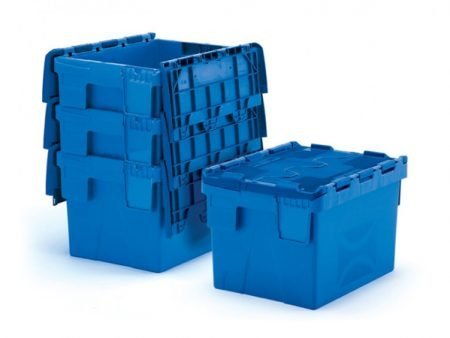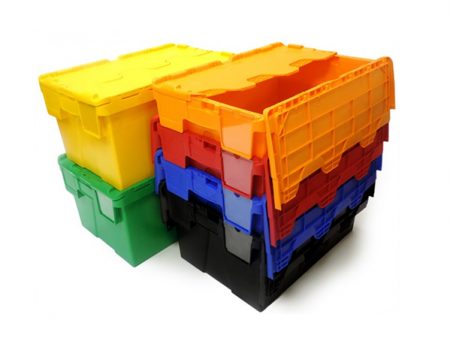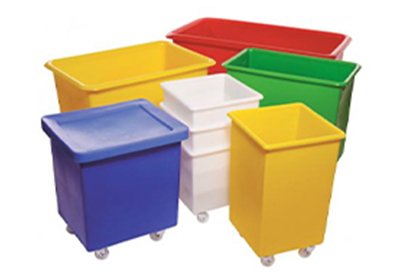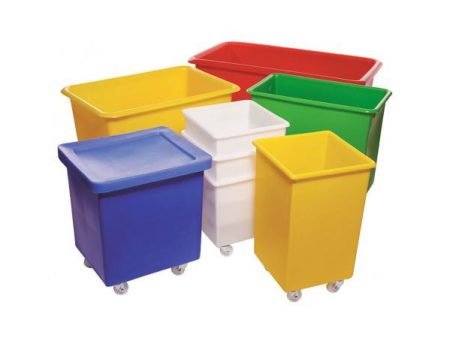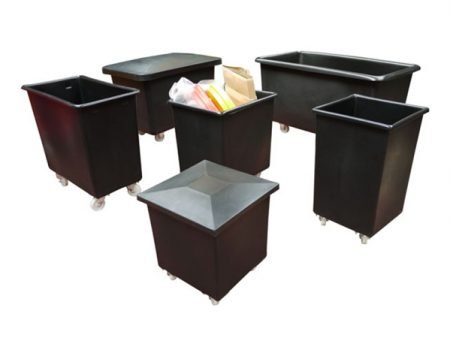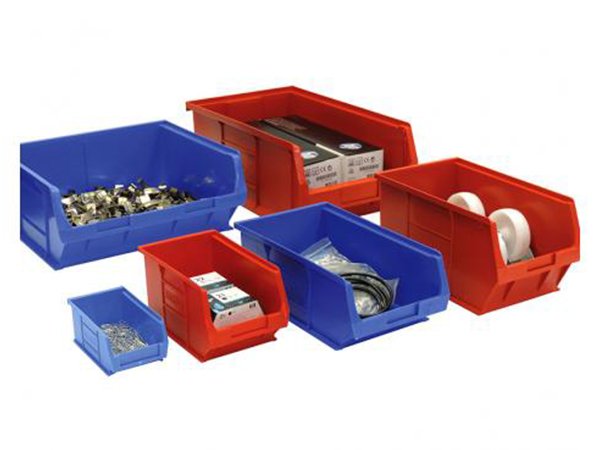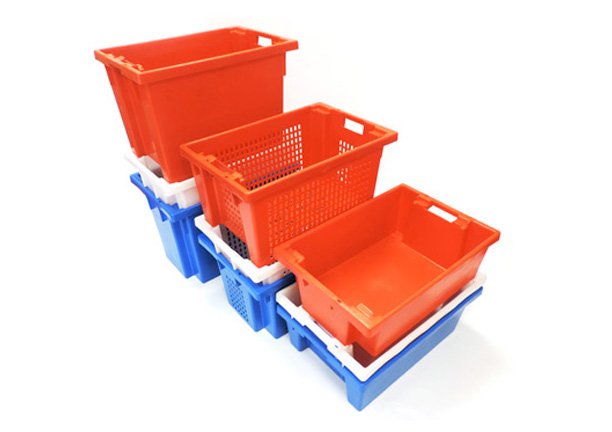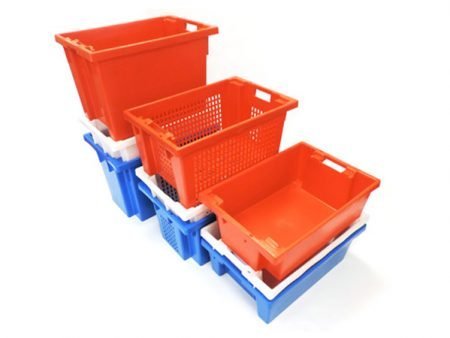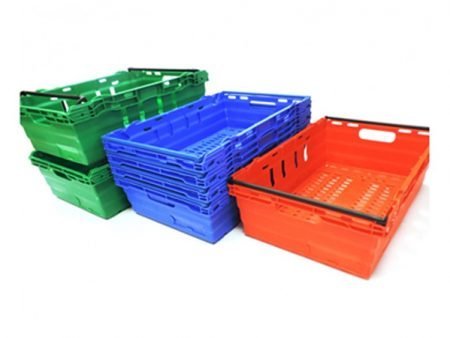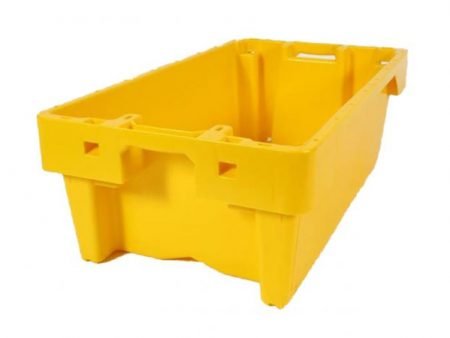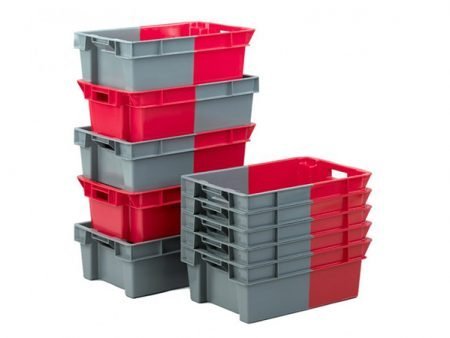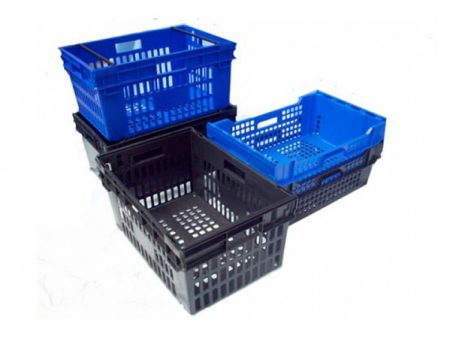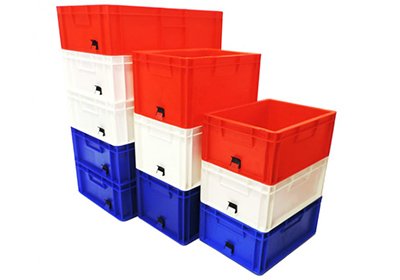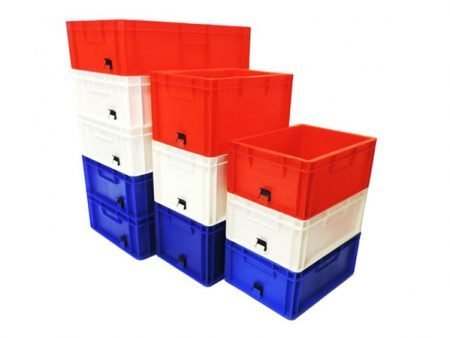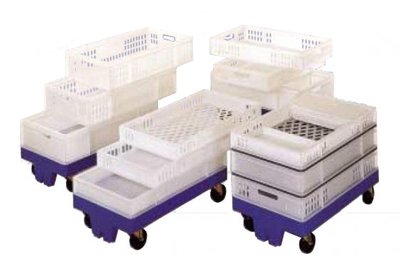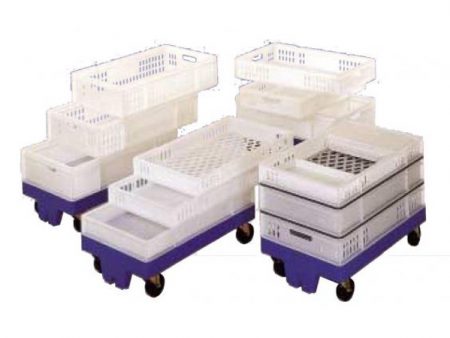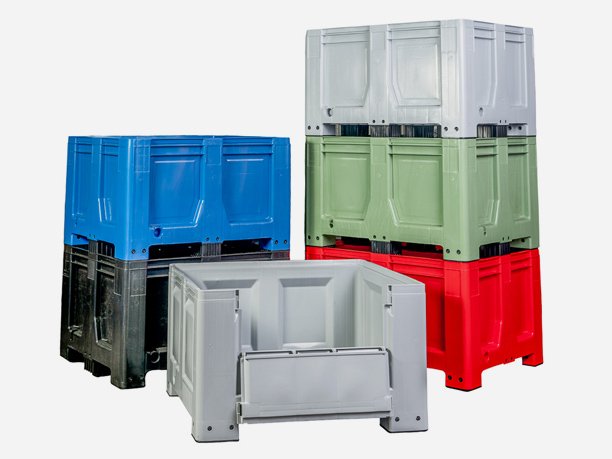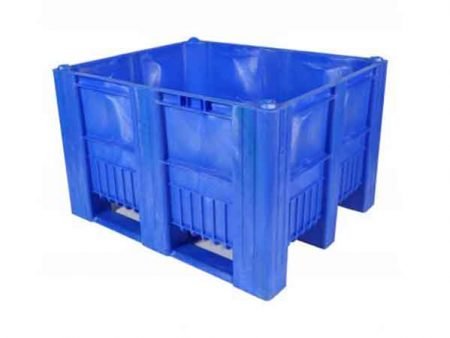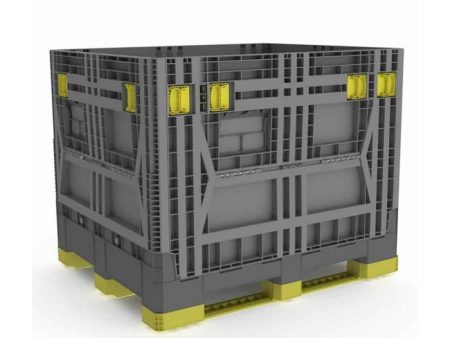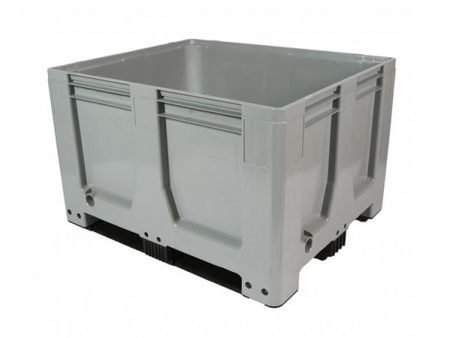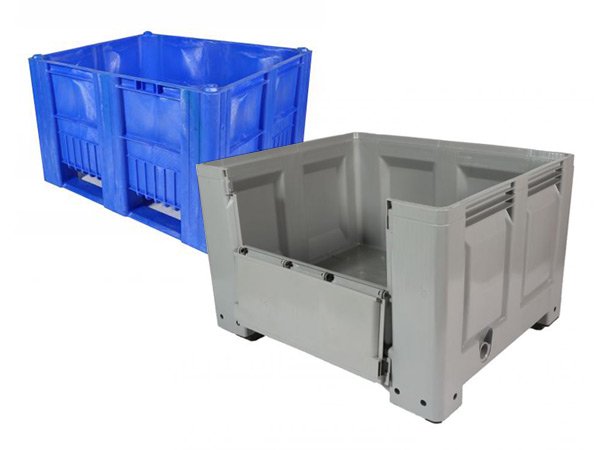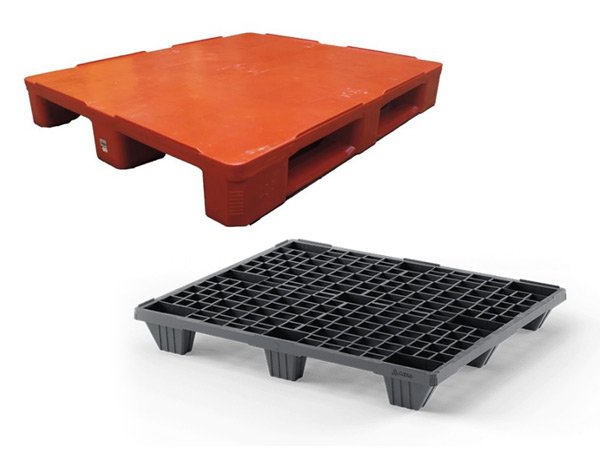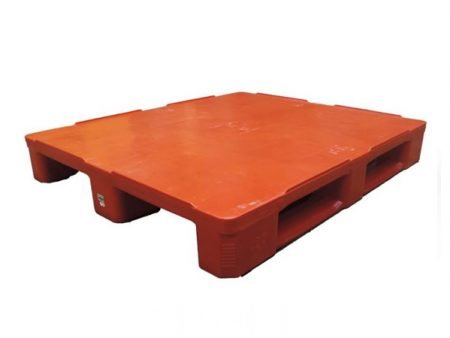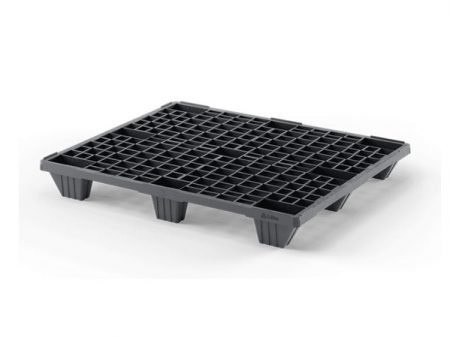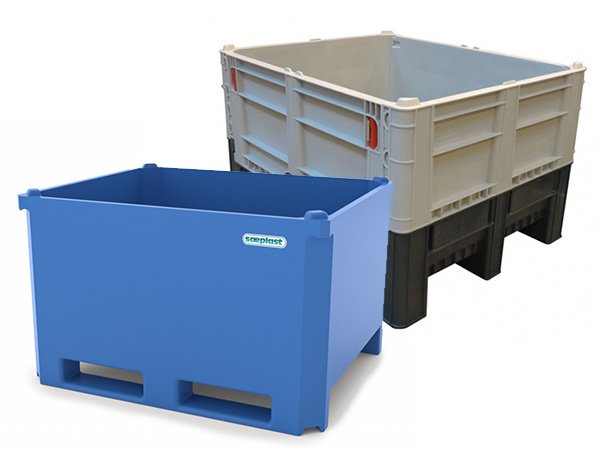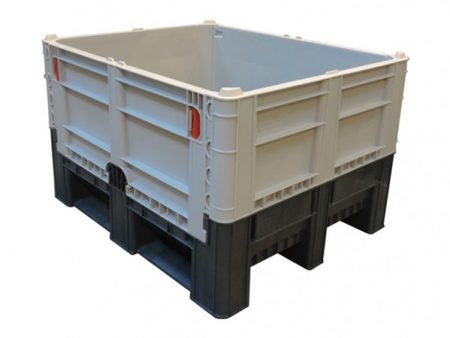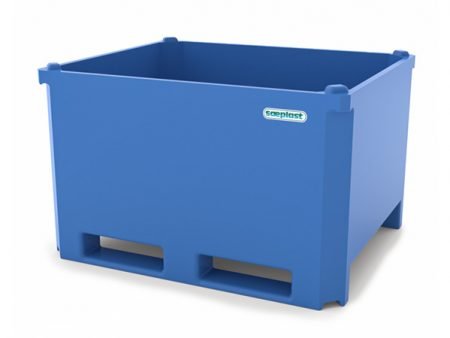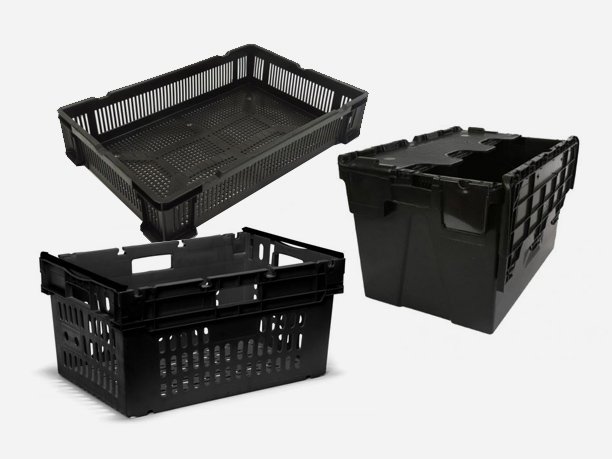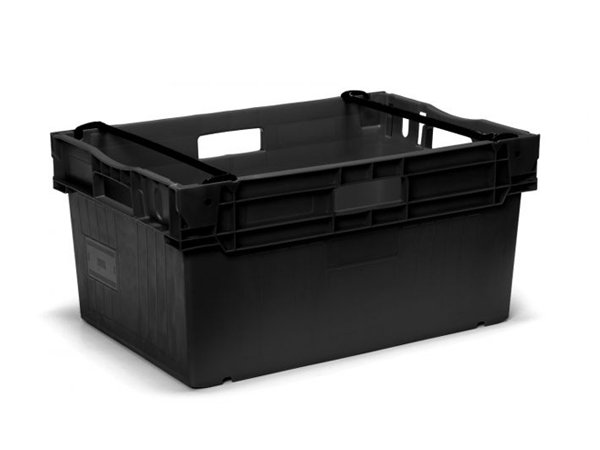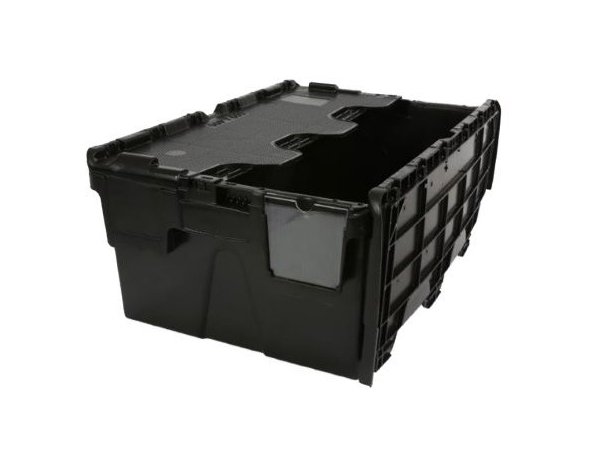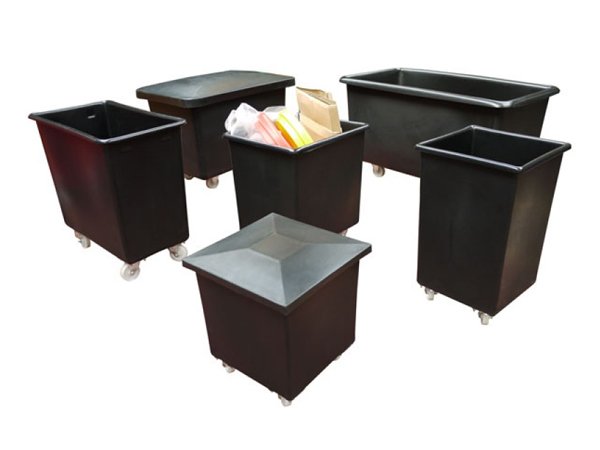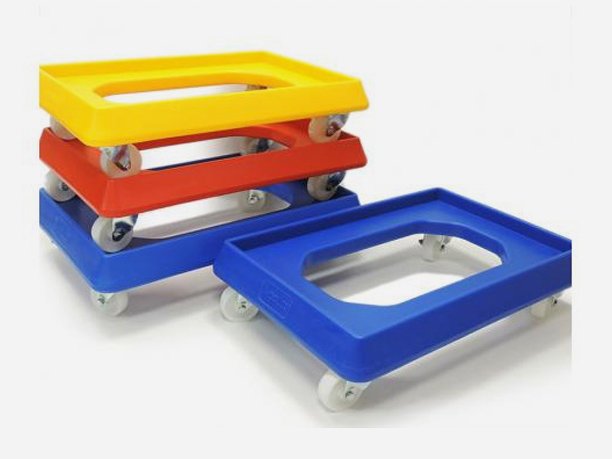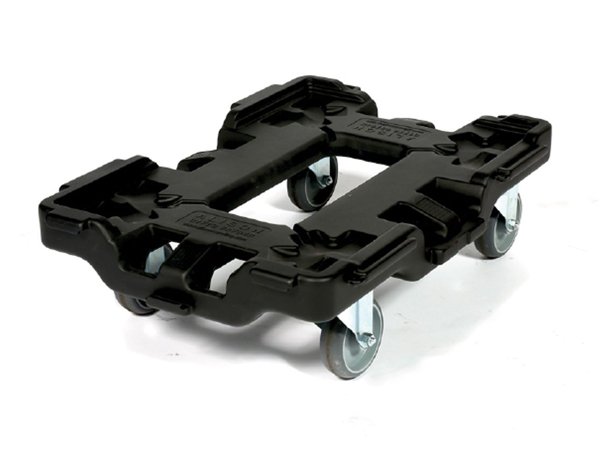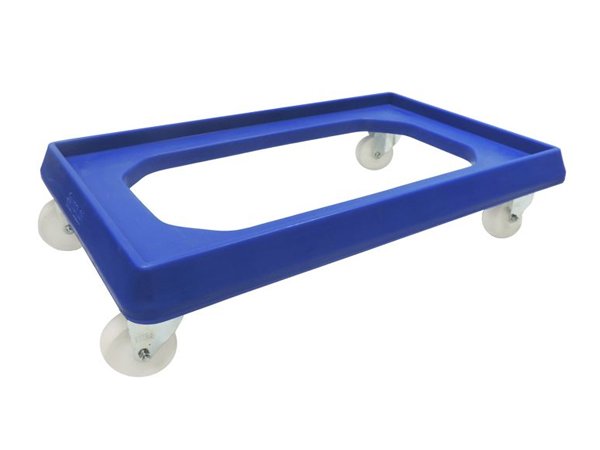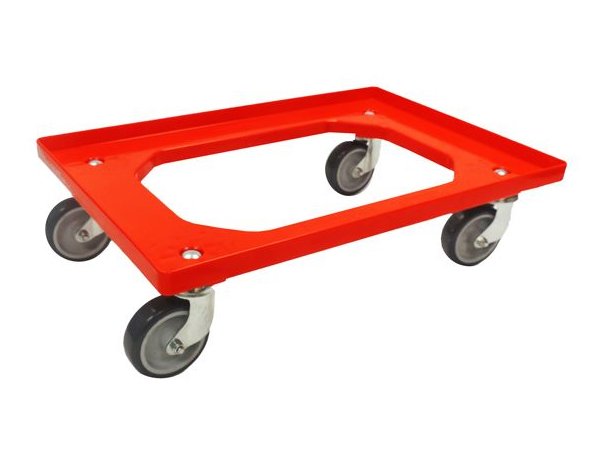How to optimise food storage in a restaurant
Food storage in a restaurant is one of the most important elements of running a successful commercial kitchen. Proper storage not only maximises the shelf life of your ingredients but also significantly reduces waste, maintains food safety and boosts operational efficiency.
Whether you run a small cafe or a large restaurant, mastering food storage techniques is essential. This guide will help you navigate the best practices for storing food, offer insights on how to organise your stock and recommend the ideal food-grade storage containers that can help keep your kitchen running smoothly.
Why is food storage in a restaurant so crucial?
Food storage in a restaurant setting differs significantly from domestic food storage. With a high turnover of ingredients and a constant influx of deliveries, a well-thought-out storage system can make or break your operations.
Poor food storage practices can lead to contamination, spoilage and waste; all of which have financial and reputational impacts. Effective storage helps to:
- Extend the life of ingredients. Proper storage keeps ingredients fresh and retains their nutritional value for as long as possible.
- Ensure food safety compliance. Correct storage prevents cross-contamination and keeps your establishment compliant with food safety regulations.
- Streamline operations. Well-organised storage enables kitchen staff to access ingredients easily, improving workflow and reducing prep times.
- Minimise food waste. Using effective storage techniques can prevent spoilage, reduce waste and improve your bottom line.

Key principles of food storage in a restaurant
Effective food storage in a restaurant hinges on several fundamental principles, including temperature control, hygiene, organisation and efficient stock rotation.
The importance of temperature control
Items that require refrigeration, such as dairy, meats and perishable fruits and vegetables, should be stored between 0 and 5°C. Keeping these items at an optimal temperature prevents bacterial growth and extends their shelf life.
Freezing is suitable for items with a long shelf life or those that cannot be used quickly, like meats, seafood and certain vegetables. Ensure that freezers maintain a steady temperature of -18°C or lower.
Non-perishable items such as canned goods, grains and flour should be stored in a dry, cool area between 10 and 21°C, but be careful of humidity levels as this can lead to mould and spoilage.
Colour coding and labelling items
Each item stored in the kitchen should be labelled with its name, date of preparation and use-by date. Clear labelling allows staff to identify and use ingredients before they expire, reducing waste and ensuring food safety. Colour-coded labelling systems can be especially helpful in large kitchens.
Commercial bakeries can greatly benefit from our colour-coded bread trays as they make a fantastic solution for organisation and efficiency. These durable, stackable trays are designed to safely transport and store various types of baked goods, helping to prevent damage and maintain product quality.
By using a colour-coding system, bakery staff can easily identify different types of bread or pastries at a glance, reducing confusion and saving time during busy shifts. For instance, assigning different colours to fresh loaves, speciality breads and pastries helps streamline workflow and enhances stock rotation, ensuring that products are used or displayed correctly.
Stock rotation and proper organisation
The FIFO (First-In, First-Out) method is essential in professional kitchens and food storage environments. The older stock should always be placed at the front, and newer stock added to the back. This practice ensures that older items are used first, minimising the chances of food spoilage and confusion over which stock to use first.
To avoid cross-contamination, raw and cooked foods should always be stored separately. Raw meats should be placed on the bottom shelf of the fridge, while ready-to-eat foods are stored above them. This method prevents raw meat juices from dipping on cooked or fresh foods which can contaminate them with harmful bacteria, leading to food poisoning and illness.
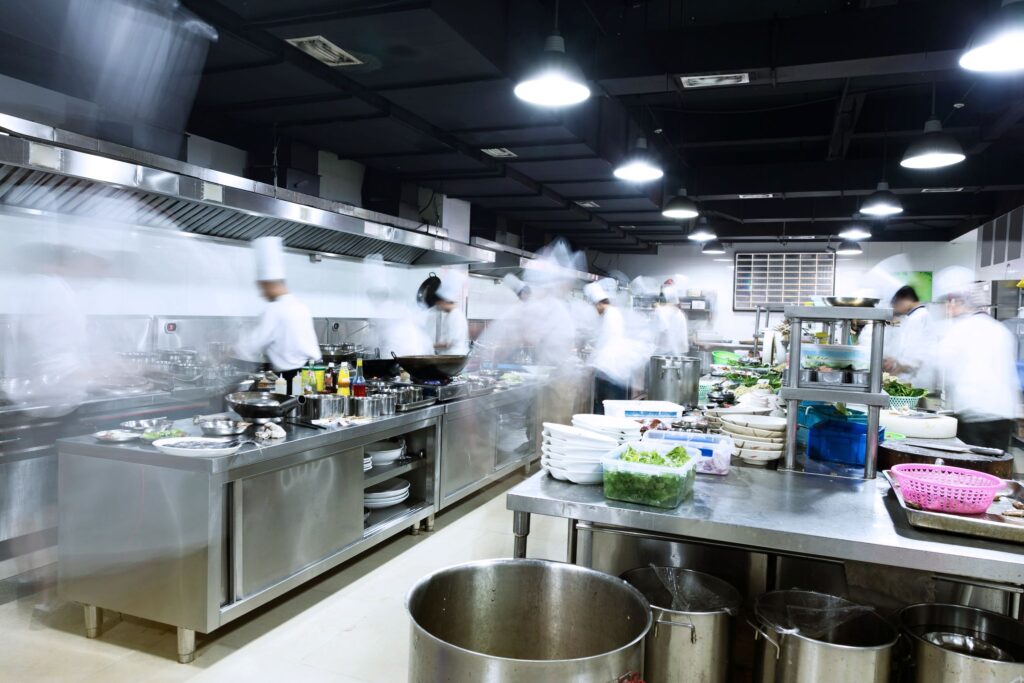
Use food-grade storage boxes and containers
Food-grade storage storage boxes and containers are indispensable for all commercial kitchens. Choosing the right container not only keeps food fresh but also ensures hygiene and safety. Here are some of the main types of food storage containers and their uses:
- Plastic containers: Made from high-quality, food-grade plastic, these storage boxes are perfect for holding dry items, vegetables and grains. Our plastic stacking trays and baskets are a must-have for keeping commercial kitchens organised and tidy.
- Stainless steel containers: Stainless steel is highly durable, non-porous and resistant to bacteria. They’re ideal for storing cooked items, dairy and high-moisture ingredients, and their smooth material makes them easy to clean.
- Glass jars and containers: Ideal for smaller quantities of spices, herbs and condiments, glass is non-reactive, making it suitable for acidic foods. Glass containers allow you to see the contents, making inventory checks easier.
- Vacuum-sealed bags: For items that need to be preserved for an extended period, vacuum-sealed bags work well. Vacuum sealing the bags means the air is removed, which helps in prolonging the freshness of perishable ingredients.
Practical tips for optimising food storage in a restaurant
Efficient food storage is at the heart of every successful restaurant kitchen, ensuring not only the freshness and quality of ingredients but also supporting seamless operations and reducing waste.
With high stock turnover, complex inventory and stringent health standards to adhere to, restaurants need practical storage strategies that are both effective and easy to implement.
Implement a regular cleaning schedule
A clean storage area is essential for food safety and ensures you’re always on top form should an inspector turn up! Regularly clean and sanitise all storage areas, including refrigerators, freezers and dry storage shelves. This will prevent bacteria growth and pest infestations.
Arrange your storage areas logically
Organising storage by ingredient type and frequency of use can speed up prep times and make it easier for staff to find what they need. For instance:
- Refrigerated zones: Place high-use items like dairy, eggs and cooked meats on easily accessible shelves.
- Dry zones: Group similar items, such as canned goods, grains and baking ingredients on separate shelves.
- Freezer zones: Place bulk ingredients, such as meats and vegetables, on lower shelves, while frequently used frozen items are kept at eye level.
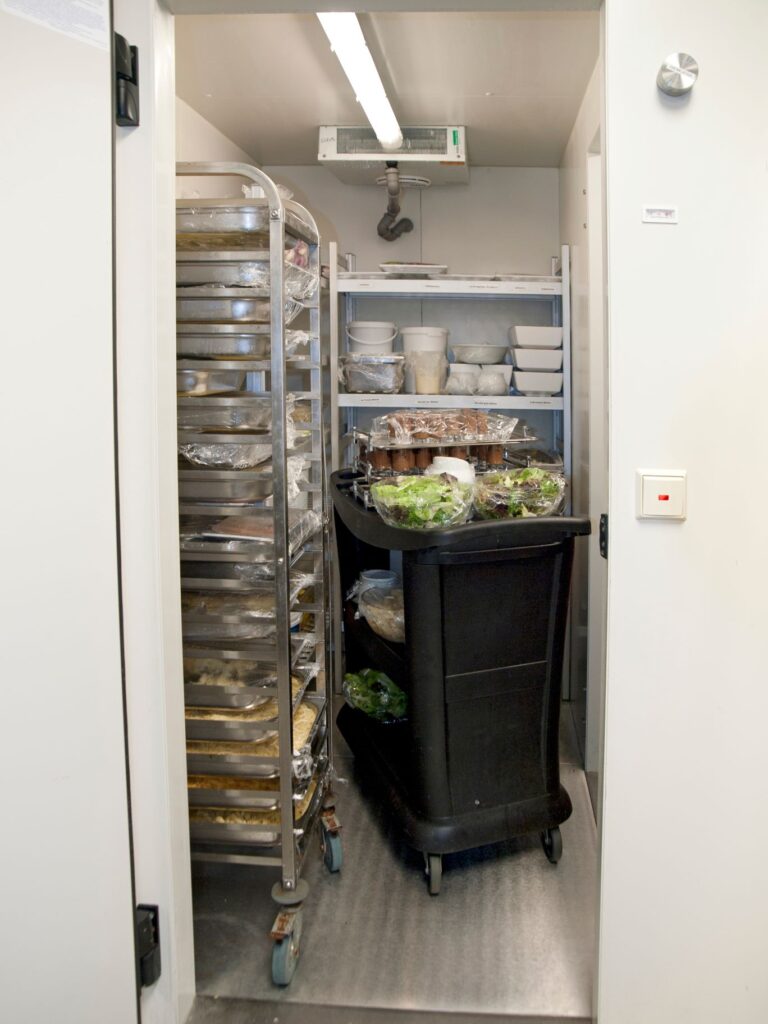
Use colour-coded storage boxes and transparent containers
Transparent containers and colour-coded storage boxes and trays save time by allowing staff to see what’s inside without having to open every lid or sift through every box; instead, you can tell at a glance what you’re reaching for. This feature is particularly useful during busy kitchen hours when quick access is essential.
Avoid overcrowding when stocking up
Overcrowded shelves and fridges lead to poor airflow which can affect the longevity of perishable items. Ensure that storage areas have enough space for air circulation, which helps maintain a consistent temperature and reduces spoilage.
Conduct routine inventory
One episode of Gorden Ramsey’s Kitchen Nightmares and you’ll know the importance of regular stock assessments! Regularly checking inventory ensures items are used before their expiration dates and prevents unnecessary waste. As a minimum, we suggest implementing weekly or bi-weekly inventory checks to track usage trends, spot excess stock and reorder as necessary.
Rebox Storage; your kitchen storage pro’s
We don’t promise to know everything about running a thriving and harmonious commercial kitchen, but we do know a thing or two about food-grade kitchen storage and how to best utilise it to maximise space, efficiency and productivity.
Our stock is available with next-day delivery and our team of friendly experts can help you with anything from product queries to support on your order. We offer a wide range of food-grade plastic storage options to suit all kitchen sizes and storage requirements, so browse our commercial storage solutions and order yours today!

